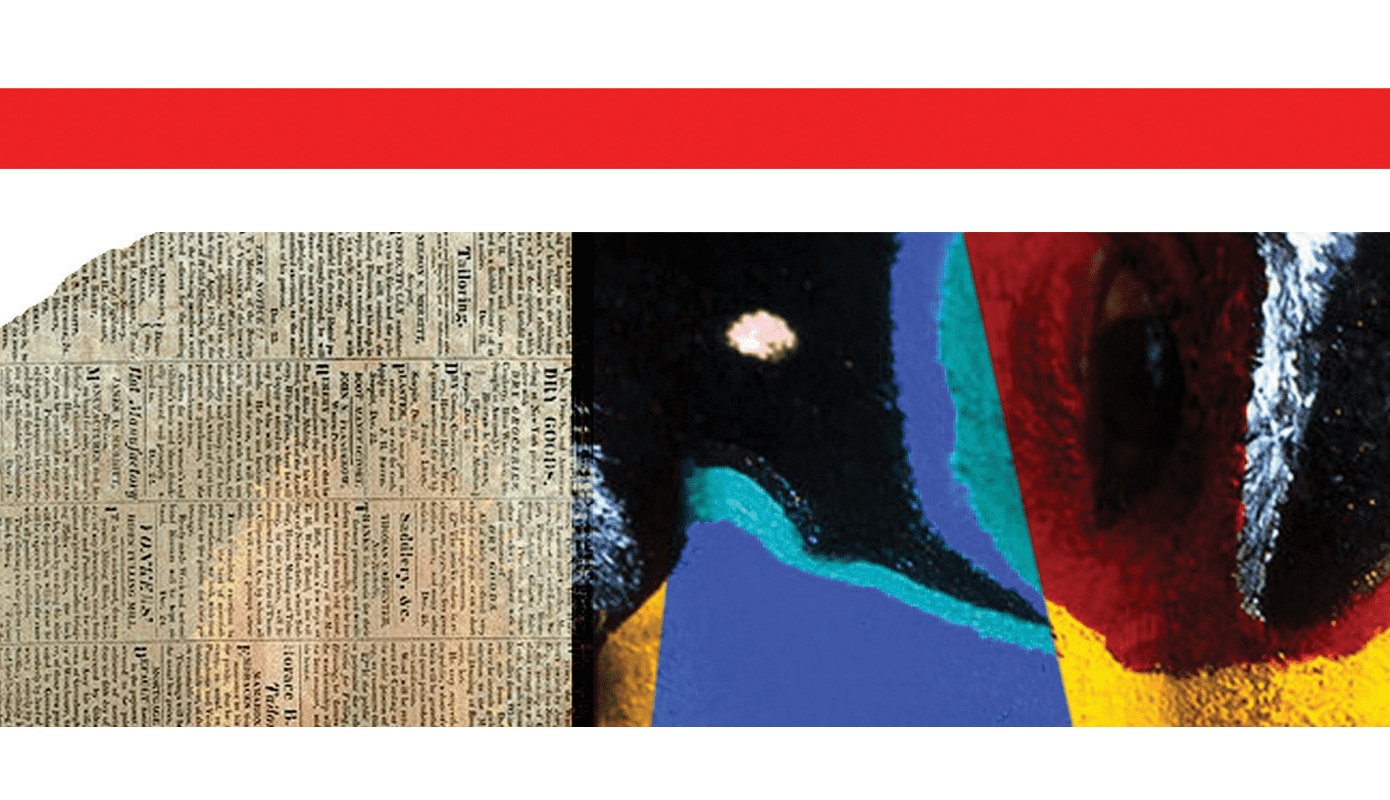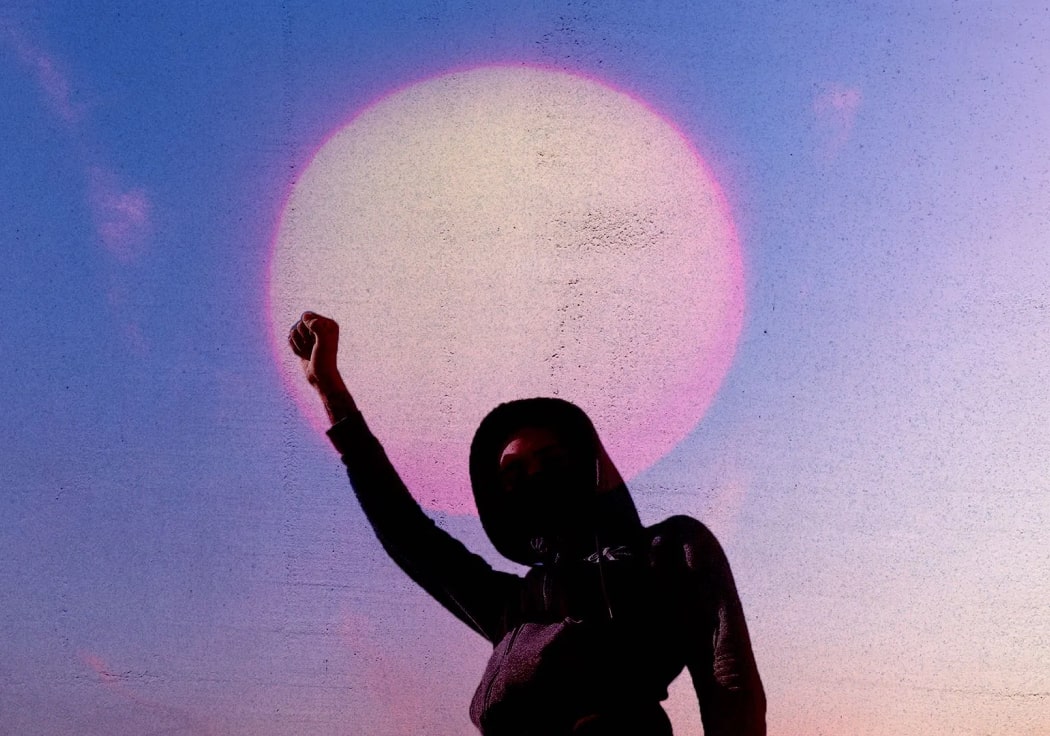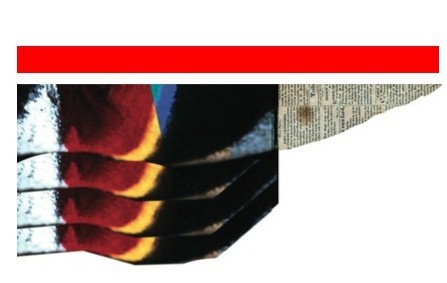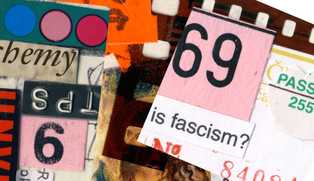There is no imminence to unrest, its origins can be plotted like old genealogy maps. When unrest arrives it bears down in the same way the heaviness of thunderclouds breaks, there is almost a sense of satisfaction when the anticipation finds physical release. The transition of Sri Lanka from colonised to liberated was made with the same false vows of those upon which Empire was built. The act of granting independence was made with laziness, as if resentfully aware that the process of granting a nation the right to determine itself is something that no one should be in a position to provide. This laziness made itself manifest in the machinations of liberation. Under the British the Tamil minority were raised up to wield a disproportionate level of bureaucratic power, acting as the puppet leaders in ministry offices and the civil service industries. The colonised mind is one that cannot conceive of an existence outside of deference. The Tamil minority became the ideal lapdogs of the British to rule over the Sinhalese majority. When societies are organized into grand hierarchies those that bear the weight inherit this injustice that wraps into them like gnarled roots. The British packed their bags and left, claiming in some roundabout way the moral high ground for bestowing upon Sri Lanka’s inhabitants the debris and scars of Empire. A new flag was fashioned burning in wondrous red and gold, adorned with a snarling lion bearing a sword, an emblem rich with the threat of aggression. The Free, Sovereign and Independent Republic of Sri Lanka.
 II – APPA
The redressing of power commenced almost immediately, in a form that has been replicated through the many cycles of civil war. The violence of marginalisation made its voice heard in infinite variety. At first Sinhalese vigilante groups formed and would vandalise Tamil-owned shops. These were the logical precursors to the pogroms where Tamils were kidnapped and beaten, their houses burnt down and occupants forced to march down the street in displays of public humiliation. The southern cities and towns were home to Sinhalese and Tamil side by side, thus, the bitterness of resentment and privilege was readily apparent, and in turn the violence was easily initiated and propagated in these hot-houses of resentment. In government Sinhalese was made the “formal” language of Sri Lankan parliament, vaguely under the guise of promoting cohesion with the intended consequence of excluding Tamil speaking parliament members from discourse. To ban the language was a grave symbol, instructing a ban on participation. However the greatest act of iconoclasm came in the burning of the Jaffna Public Library, the greatest collection of Tamil literature. Asserting the existence of an identity requires you to be recognised by markers of that identity. The process of genocide is one of eradication of these tokens. People can be killed but the enduring legacy of identity lives on in books and language, art, oral history and stories. To enact a perfect genocide is to disassemble that which makes you, and render them ghosts. The reassertion of a race’s right to exist can take place in many forms. Historicising culture leads one to the conclusion that all things have come into place via their antecedents, such that nothing has the right to continually exist. The leisurely armchair discussion of this has no place in the very real experience of one’s destruction. In the specter of erasure grew resistance, and under the lions with the groaning weight of their swords, an army of tigers were born.
III – THAMBI
A charge brought against the Tamil Tigers, the Tamil freedom fighting guerilla network, is that they carved out the genre of the modern day terrorist. To pioneer modern day terrorism is a dubious accolade in a framework that posits these terrorists in the same moral space as that which is bad. With Tigers came the bombs, the pop-up warfare and the ideology that your death can be turned into a weapon. The birth of the Tamil Tiger insurrectionist movement cast a wide net over Sri Lanka, such that the assumption of peace became a false ideal. When combating state armies, the Tigers resisted through a catalogue of unpredictability, hiding in cells deep within Sri Lanka’s jungles and enacting their chaos in the most unsuspecting ways. The strength of their method ultimately handed the Sri Lankan government the greatest prize: that of the moral high ground. Portraying the Tamil Tigers as threats to Sri Lankan civilians, the Sri Lankan State army under Mahinda Rajapaksa began their final march on Tamil Eelam. They say Sri Lanka has the worst media transparency of any country in the world, a prize from which President Rajapaksa reaped the spoils. The army marched on the North, with airplanes dropping shells into “no fire” zones. Indiscriminate shelling of Tamil civilians commenced, justified by claims that the Tamil Tigers were using said civilians as human shields. At the peak of the assault thousands of civilians were forced on a small scrap of beach in the North, no greater than a few miles, their condensed bodies unable to cohere a desire to survive with the impossibility of their situation.
II – APPA
The redressing of power commenced almost immediately, in a form that has been replicated through the many cycles of civil war. The violence of marginalisation made its voice heard in infinite variety. At first Sinhalese vigilante groups formed and would vandalise Tamil-owned shops. These were the logical precursors to the pogroms where Tamils were kidnapped and beaten, their houses burnt down and occupants forced to march down the street in displays of public humiliation. The southern cities and towns were home to Sinhalese and Tamil side by side, thus, the bitterness of resentment and privilege was readily apparent, and in turn the violence was easily initiated and propagated in these hot-houses of resentment. In government Sinhalese was made the “formal” language of Sri Lankan parliament, vaguely under the guise of promoting cohesion with the intended consequence of excluding Tamil speaking parliament members from discourse. To ban the language was a grave symbol, instructing a ban on participation. However the greatest act of iconoclasm came in the burning of the Jaffna Public Library, the greatest collection of Tamil literature. Asserting the existence of an identity requires you to be recognised by markers of that identity. The process of genocide is one of eradication of these tokens. People can be killed but the enduring legacy of identity lives on in books and language, art, oral history and stories. To enact a perfect genocide is to disassemble that which makes you, and render them ghosts. The reassertion of a race’s right to exist can take place in many forms. Historicising culture leads one to the conclusion that all things have come into place via their antecedents, such that nothing has the right to continually exist. The leisurely armchair discussion of this has no place in the very real experience of one’s destruction. In the specter of erasure grew resistance, and under the lions with the groaning weight of their swords, an army of tigers were born.
III – THAMBI
A charge brought against the Tamil Tigers, the Tamil freedom fighting guerilla network, is that they carved out the genre of the modern day terrorist. To pioneer modern day terrorism is a dubious accolade in a framework that posits these terrorists in the same moral space as that which is bad. With Tigers came the bombs, the pop-up warfare and the ideology that your death can be turned into a weapon. The birth of the Tamil Tiger insurrectionist movement cast a wide net over Sri Lanka, such that the assumption of peace became a false ideal. When combating state armies, the Tigers resisted through a catalogue of unpredictability, hiding in cells deep within Sri Lanka’s jungles and enacting their chaos in the most unsuspecting ways. The strength of their method ultimately handed the Sri Lankan government the greatest prize: that of the moral high ground. Portraying the Tamil Tigers as threats to Sri Lankan civilians, the Sri Lankan State army under Mahinda Rajapaksa began their final march on Tamil Eelam. They say Sri Lanka has the worst media transparency of any country in the world, a prize from which President Rajapaksa reaped the spoils. The army marched on the North, with airplanes dropping shells into “no fire” zones. Indiscriminate shelling of Tamil civilians commenced, justified by claims that the Tamil Tigers were using said civilians as human shields. At the peak of the assault thousands of civilians were forced on a small scrap of beach in the North, no greater than a few miles, their condensed bodies unable to cohere a desire to survive with the impossibility of their situation.
 IV – EELAM
The sand and bones bear witness to the atrocities that took place during the final days. As their blood lapped the shores of the northeastern coastline, the war was declared over, with a triumphant Sri Lankan government claiming a moral victory for all that is good and right. The white van terrorism began, and young Tamil men would begin disappearing in the night. Their mothers would stand in Colombo with pictures of their sons’ faces, pressing them to any Western journalist begging for their return. As with all genocide, the revisionism is an ongoing process. For Sri Lanka’s North, the army rapidly formed internment camps for displaced Tamil civilians under the guise of weeding out the remaining Tigers. Whilst the displaced were held captive in internment camps subject to an array of monstrosities at the hands of the army, the government made further moves into the North, seizing previously Tamil-owned private property and rechristening it as state owned. The anatomy of genocide had almost reached its fullest dissection, with all parts laid entirely bare and ensconced with the protective layer of moral high ground that binds and strengthens the jagged bones. As Sri Lanka’s history draws a crimson sunset over this chapter, the relics of its bloody history are consigned to asphalt and grenade shells. There is no justice in a world where notions of nationhood, self-determination and retribution exist only as dictionary terms.
IV – EELAM
The sand and bones bear witness to the atrocities that took place during the final days. As their blood lapped the shores of the northeastern coastline, the war was declared over, with a triumphant Sri Lankan government claiming a moral victory for all that is good and right. The white van terrorism began, and young Tamil men would begin disappearing in the night. Their mothers would stand in Colombo with pictures of their sons’ faces, pressing them to any Western journalist begging for their return. As with all genocide, the revisionism is an ongoing process. For Sri Lanka’s North, the army rapidly formed internment camps for displaced Tamil civilians under the guise of weeding out the remaining Tigers. Whilst the displaced were held captive in internment camps subject to an array of monstrosities at the hands of the army, the government made further moves into the North, seizing previously Tamil-owned private property and rechristening it as state owned. The anatomy of genocide had almost reached its fullest dissection, with all parts laid entirely bare and ensconced with the protective layer of moral high ground that binds and strengthens the jagged bones. As Sri Lanka’s history draws a crimson sunset over this chapter, the relics of its bloody history are consigned to asphalt and grenade shells. There is no justice in a world where notions of nationhood, self-determination and retribution exist only as dictionary terms.
The Anatomy of a Genocide

I – APPAPA There is no imminence to unrest, its origins can be plotted like old genealogy maps. When unrest arrives it bears down in the same way the heaviness of thunderclouds breaks, there is almost a sense of satisfaction when the anticipation finds physical release. The transition of Sri Lanka from colonised to liberated… Continue reading The Anatomy of a Genocide




